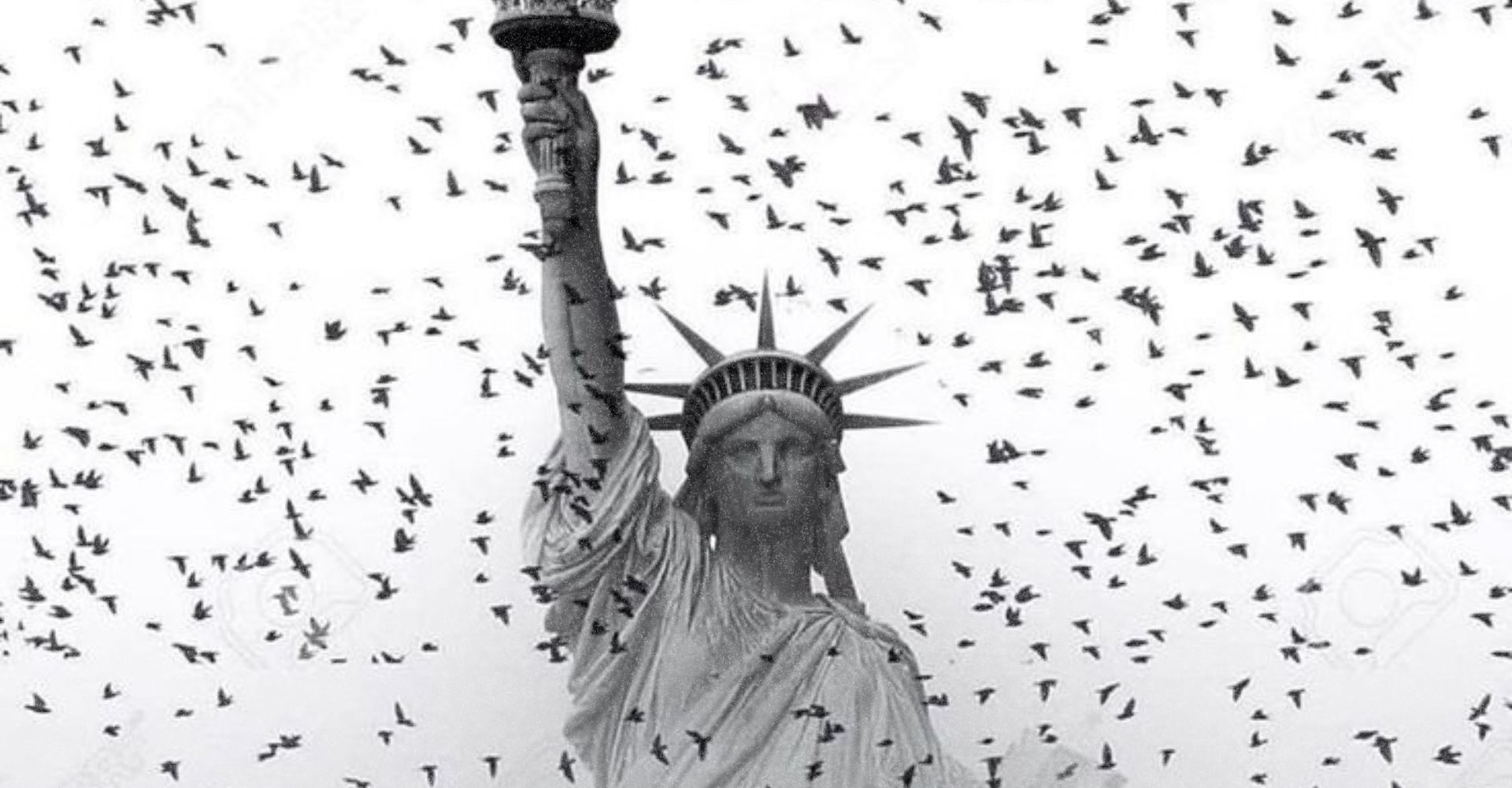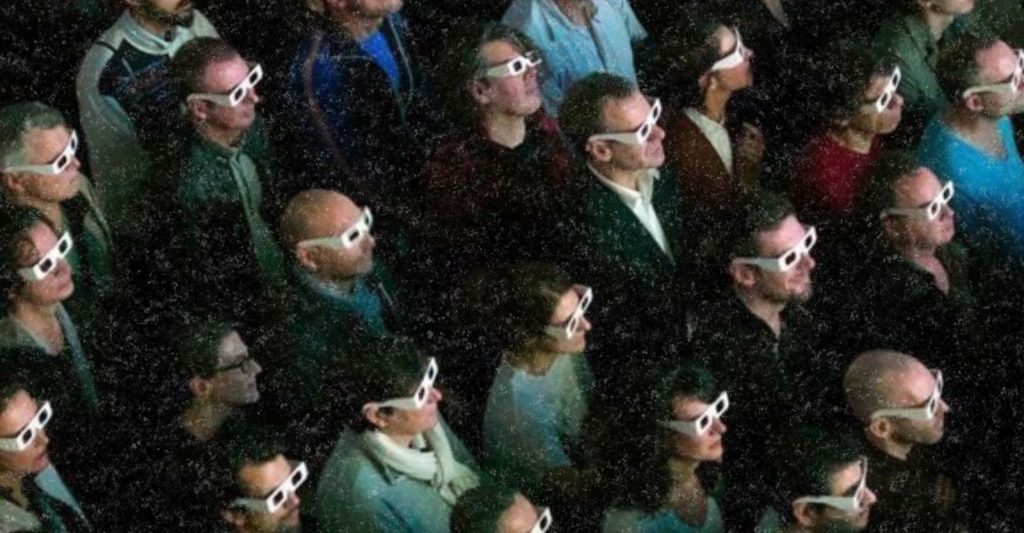
The Conservative Liberal City
As I’ve talked about previously, we are all walking contradictions at times. We say one thing, and do another. And our societies, including entire cities, can reflect this contradictory nature. Take my hometown of New York City, where I have lived all 43 of my years, and my family has lived for four generations.
New York is seen the world over as a leader in finance, fashion, media, and so many other domains. But there is something else going on below its bustling surface—deeper societal ills that are both seen and unseen. If you look around, you will undoubtedly see a lot of progress and highly motivated and ambitious citizens. And a lot of politicians who are always talking about major reforms, even if they never come to pass. You see, there is a hidden force in New York that generally keeps things the way they are.
New York is essentially a conservative liberal city. Many consider it a hotbed of Democratic and progressive voters but it is a place that largely respects and maintains the status quo. New York has a lot of money, and a lot of wealthy taxpayers, but still it remains a very fiscally conservative city. For example, as in many cities following George Floyd’s murder in 2020, protesters In New York clashed with police and politicians promised accountability, with some suggesting cutting $1 billion from the NYPD budget. That billion-dollar cut never came to pass. There was no defunding of the police. In fact, between 2019 and 2022, the NYPD budget fell by just 2.8%, dropping from $5.6 billion to $5.4 billion.
There are really two broad New Yorks: one for the rich and one for everyone else, and, as a direct result, two different realities. On one end, there’s escapism, on the other, depression. These two realities made themselves especially clear during the pandemic. Indeed, the classic New Yorker social skills that drove so much serendipity, innovation and cultural openness seem to be less valuable today due to our increased inability to have human interactions in person. What is New York without these interactions? And, as much as we focus on New York’s progressive mindset, just a slim percentage of New Yorkers actually turn up to vote in a local election in the first place. Only 23% of eligible active voters cast a ballot for mayor in the 2021 election, down three percentage points from the past two mayoral elections in 2017 and 2013, and a smaller percentage than in any other mayoral election in nearly seven decades.
So as much as people claim that they truly want change, they do not appear for the most part to be either willing or able to show up and make their voices heard. And it’s actually rather understandable in many cases. They are not bothering to participate because they have a pessimistic attitude—they know about the hidden forces that maintain the City’s status quo. They believe that their vote doesn’t matter because it rarely does. They are also not voting because they do not have the time (and yeah, Tuesday elections are so easy to fit into your schedule). They are trying to pay exorbitant rents by working multiple jobs, and how do you manage to show up for civic duties when you are just trying to get by? New York also, in my opinion, has high levels of mental illness: the poor have less money, which brings on anxiety, depression, and dejection; and, many of the rich seem to have a level of arrogance and coldness towards the less fortunate.
This results in an existential crisis of sorts for individual New Yorkers: “I need things to change but at the same time I do nothing to make it change because I know I cannot make an impact because everything from special interests to unions to corrupt politicians will prevent it.”
New York has been known as the leader for trends and ideas. And we can do better, but currently the City lacks the leadership, and the toxicity is growing with economic uncertainty, division, and anger. The City needs leadership who understands the New Yorkers who live here in every neighborhood. We have made steps in the right direction in the past when we did things like revitalize the highline and turn it into a functional communal space. If we try, we can make it a city of the people for the people – which still includes the rich, just not front and center. Let us try to build and add to our great city while keeping all communities intact and improving things for everyone.






